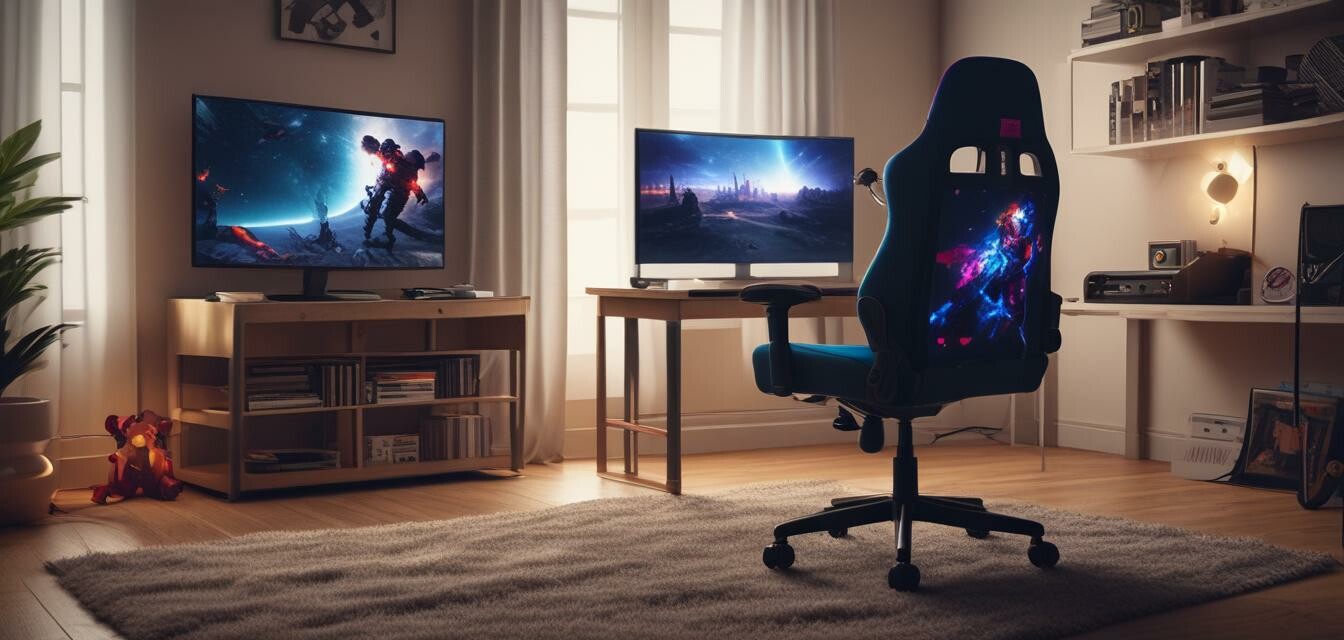
How to create a safe gaming environment for kids
Creating a secure and enjoyable gaming environment is vital for children's well-being and developmental needs. This guide provides essential tips for parents on optimizing gaming for kids, covering screen time management, ergonomic setups, and selecting appropriate content. Whether your child is an avid gamer or just starting, following these guidelines can help cultivate a positive gaming experience.
Key Takeaways
- Establish clear screen time limits to promote balance.
- Ensure ergonomic setups for comfort during gaming sessions.
- Select age-appropriate content to keep the gaming experience safe and suitable.
- Encourage regular breaks to maintain focus and reduce strain.
- Foster open discussions about online interactions and safety.
1. Establishing screen time limits
Setting clear screen time limits helps children enjoy gaming without excessive exposure. Experts recommend that parents consider the following:
- Age-appropriate guidelines: Different age groups require varying amounts of screen time. Refer to relevant guidelines provided by health organizations.
- Structured schedules: Create a daily or weekly gaming schedule to balance gaming with other activities like homework, outdoor play, and family time.
- Engagement: Encourage your child to engage in discussions about their gaming habits, building trust and awareness around screen time.
2. Ergonomic gaming setups
Comfort during gaming sessions is critical for preventing physical strain. Here’s how to establish an ergonomic gaming environment:
- Proper seating: Invest in a supportive chair that encourages good posture, promoting comfort during long gaming sessions.
- Desk height: Ensure that your child's desk is at an appropriate height to avoid hunching or straining physical well-being.
- Screen placement: Position the monitor at eye level to reduce neck strain, and maintain a distance of about 20-30 inches for comfortable viewing.
3. Choosing age-appropriate content
Content matter is critical in ensuring that children are exposed to suitable themes and language during gaming. Here’s how to select content wisely:
- Age ratings: Familiarize yourself with industry-standard ratings (e.g., ESRB) to help guide the appropriateness of games for your child.
- Research and feedback: Look for reviews from other parents and consider educational content that not only entertains but also enlightens.
- Participate and play: Take time to play alongside your children to reinforce suitable content and understand what fascinates them.
4. Encouraging regular breaks
Regular breaks are essential in reducing strain and maintaining focus. Here are effective strategies for ensuring breaks during gaming:
- Rule of thumb: Encourage a break every 30-60 minutes to give eyes and muscles some rest.
- Fun alternatives: Suggest engaging activities during breaks, like stretching, walking, or even family activities.
- Use timers: Set timers during gaming sessions to remind players when it’s time to take a break.
5. Discussing online interactions
Understanding online safety is essential, especially in multiplayer games. To foster awareness, consider these points:
- Open dialogue: Maintain open communication regarding what your child experiences online, addressing any concerns.
- Educate about privacy: Teach kids about not sharing personal information with strangers and recognizing inappropriate content or behavior.
- Engagement: Encourage children to share their online gaming experiences with you to strengthen their understanding of consent and privacy.
Pros
- Encourages balance between gaming and other activities.
- Reduces physical strain from improper setups.
- Promotes positive online interactions.
- Creates a supportive gaming environment for discussions.
Cons
- May require constant monitoring of gaming activities.
- Initial resistance from children regarding restrictions.
- Setting up ergonomic spaces can require investment.
Conclusion
Establishing a safe gaming environment for your kids involves creating a balanced approach to gaming, focusing on ergonomics, appropriate content, and open communication. Implementing these strategies will set a foundation for enjoyable and enriching gaming experiences for children in this digital age. For additional insights on gaming systems, check out our Buying Guides where we break down essential features of various gaming consoles and systems.
Let’s make gaming a safe and enjoyable experience together!